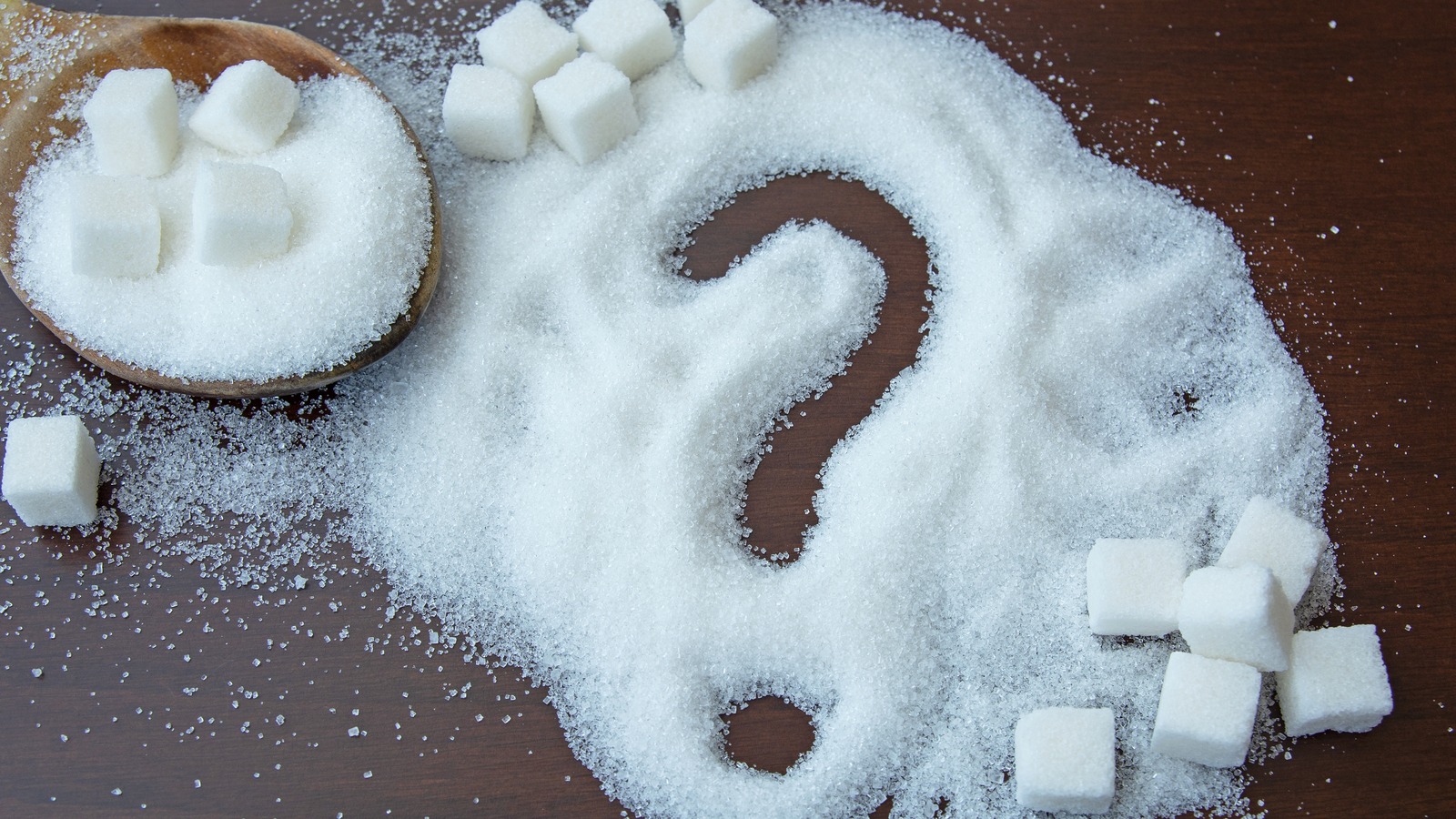
"Sugar cubes were invented in Moravia in 1843 by Jakub Kryštof Rad. Rad's wife suggested that turning a large sugar loaf into small, pre-cut portions would make life a lot sweeter. Rad made sugar cubes by grating and wetting the sugar so it could be put into a mold that created 400 tidy little cubes of sugar at a time. While he did patent his invention in 1843, he didn't have much success selling his cubes outside of Vienna and Europe."
"If you've ever watched a British movie or TV show and saw people picking up delicate cubes of sugar with metal tongs and plopping them into their tea, you might have wondered why they weren't just using spoonfuls of granulated refined sugar. But sugar cubes were actually a neat and tidy solution to a sticky, messy problem that had plagued Europeans for decades."
Before sugar cubes, sugar was sold only as large cone-like loaves, which British grocers in early 1800s Europe stored and sold. Customers or grocers broke loaves with hammers or used heavy cast-iron sugar nippers to cut pieces, then ground or broke them into smaller portions for coffee or tea. That process was inconvenient, messy, and sticky. In 1843 Jakub Kryštof Rad in Moravia invented a method, inspired by his wife, to grate, wet, and mold sugar into small pre-cut cubes, producing 400 cubes per mold. Rad patented the invention but initially sold mainly within Vienna and Europe. Sugar cubes made measuring, baking, and serving neater and easier.
Read at Tasting Table
Unable to calculate read time
Collection
[
|
...
]